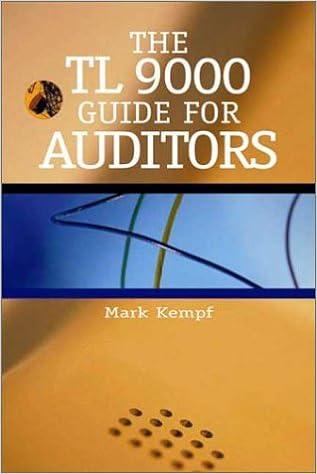Question
Question 3 Suppose the following graph shows the short-run ATC curves of Airline A and Airline B on the daily basis. Aircraft is the only

Question 3
Suppose the following graph shows the short-run ATC curves of Airline A and Airline B on the daily basis. Aircraft is the only fixed input. As a result, Airline A incurs a fixed cost of $1000 each day and Airline B incurs a fixed cost of $800 each day. Airline As current output level is QA and Airline Bs current output level is QB.

- Which airline is producing at its most cost-efficient level? Which airline incurs higher variable cost at the current output levels? Please provide your reasons based on the cost concepts instead of data from part (b).
(3 points)
Answer:
- The following table provides more information about the airlines daily output, variable inputs and input prices.
| Airline A | Airline B | |||
| Output (ASK) | QA = 400,000 | QB = 500,000 | ||
| Input | Amount | Price (wage rate or fuel price) | Amount | Price (wage rate or fuel price) |
| Labor | 100 | $300 per day | 200 | $400 per day |
| Jet fuel | 120 tons | $250 per ton | 200 tons | $250 per ton |
Each airline has one airplane. The block hour of Airline A is 6 hours per day and that of Airline B is 10 hours per day. Which airline has higher productivity in labor, fuel and aircraft? Please justify your answers.
(3 points)
Answer:
- If Airline B would like to keep current output level QB and at the same time reduce ATC. Do you have any suggestion to Airline B?
(3 points)
Answer:
- If Airline Bs yield is $0.45 per RPK and the load factor is 80%. Should Airline B continue its operation or ground its aircraft in the short run?
(3 points)
Answer:
Question 1 Airline 1 and Airline 2 operate in the same route market. The following table shows how a 1% price increase by an airline will affect both airlines' traffic. Please use this information to explain why the route-level price elasticity is lower than the airline-level price elasticity. 1% price increase by Traffic change of Airline 14 Traffic change of Airline 24 Airline 12 -2.5% 1.2% Airline 2 1.2% -2.5% (3 points) Answer: Cost ATC (Airline A) $0.4 ATC (Airline B) $0.35 - > O OR Question 1 Airline 1 and Airline 2 operate in the same route market. The following table shows how a 1% price increase by an airline will affect both airlines' traffic. Please use this information to explain why the route-level price elasticity is lower than the airline-level price elasticity. 1% price increase by Traffic change of Airline 14 Traffic change of Airline 24 Airline 12 -2.5% 1.2% Airline 2 1.2% -2.5% (3 points) Answer: Cost ATC (Airline A) $0.4 ATC (Airline B) $0.35 - > O OR
Step by Step Solution
There are 3 Steps involved in it
Step: 1

Get Instant Access to Expert-Tailored Solutions
See step-by-step solutions with expert insights and AI powered tools for academic success
Step: 2

Step: 3

Ace Your Homework with AI
Get the answers you need in no time with our AI-driven, step-by-step assistance
Get Started


